Table of Contents
The Scoville scale is the gold standard for measuring the heat of chili peppers. Developed by pharmacist Wilbur Scoville in 1912, it quantifies the concentration of capsaicin—the compound responsible for that fiery sensation—using a unit called Scoville Heat Units (SHU). Whether you're an amateur spice enthusiast or a seasoned chef, understanding this scale can transform your cooking experience and help you choose the perfect pepper for any dish.
| Pepper | Scoville Heat Units (SHU) |
|---|---|
| Jalapeño | 2,500 - 8,000 |
| Serrano | 10,000 - 25,000 |
| Habanero | 100,000 - 350,000 |
| Naga Jolokia | 800,000 - 1,041,456 |
| Carolina Reaper | 1,400,000 - 2,200,000 |
As you can see, the range is vast—from the mellow jalapeño to the nearly unbearable Carolina Reaper. This chart helps you visualize where each pepper stands on the heat spectrum.
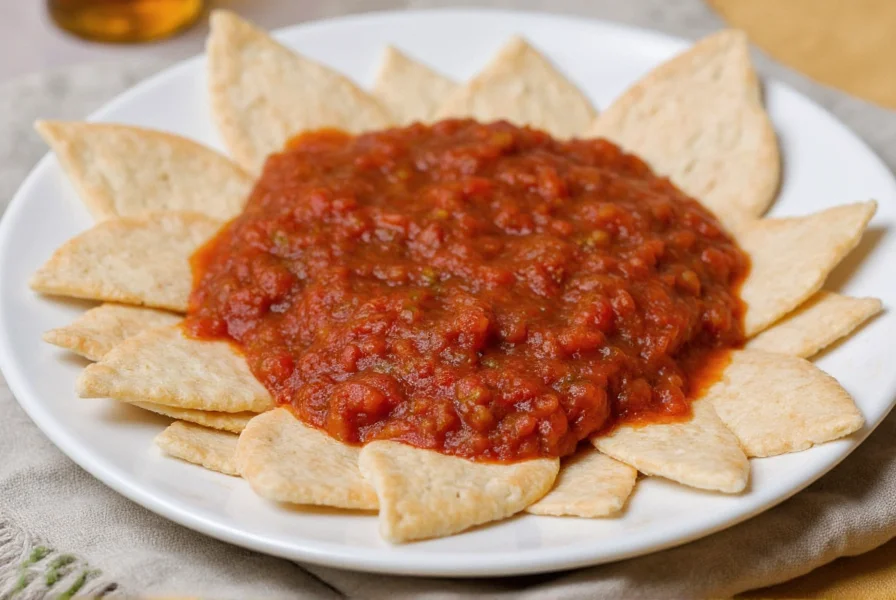
Practical Tips for Spice Lovers
Whether you're new to spicy food or a seasoned fire-eater, these tips will help you manage your spice intake and enhance your culinary adventures:
- Start small: If you're trying a new pepper, start with a tiny amount and work your way up. It's easy to overdo it!
- Know your limits: Everyone has a different tolerance for heat. Don't feel pressured to eat something just because it's popular.
- Pair with cooling foods: Dairy products like yogurt or milk can neutralize the heat from spicy dishes. A cool drink or a slice of bread can also help.
- Use gloves when handling hot peppers: Capsaicin can irritate your skin and eyes, so always wear gloves when cutting or preparing spicy peppers.
- Don't touch your face after handling peppers: Even a tiny drop of capsaicin can cause a burning sensation if it gets into your eyes or mouth.
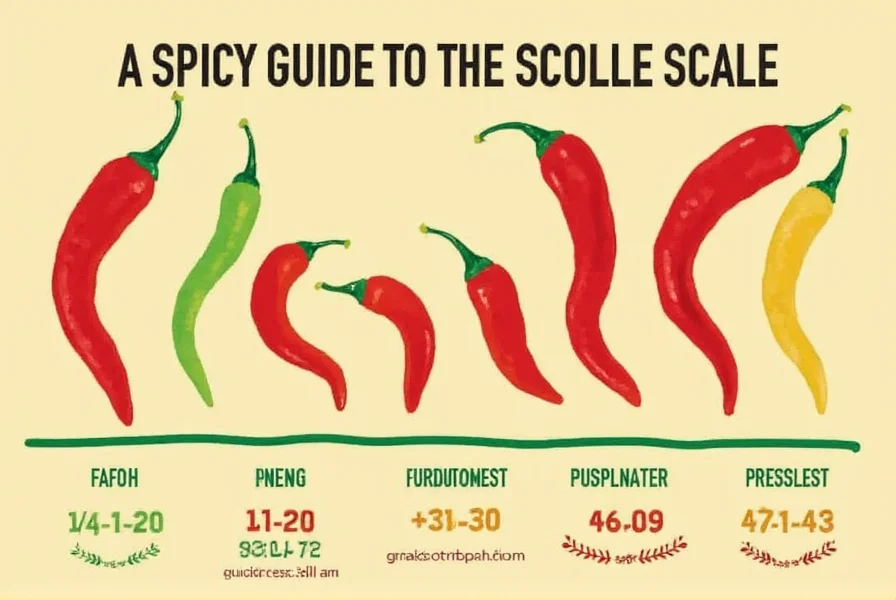
Buying Guide: Choosing the Right Pepper
When selecting peppers, consider your cooking goals, flavor preferences, and heat tolerance. Here's a guide to help you pick the best pepper for your needs:
1. Jalapeño
Features: Medium-sized, green or red, with a mild to medium heat level.
Advantages: Versatile and widely available. Great for salsas, tacos, and stuffed peppers.
Use Cases: Ideal for beginners or those who want a hint of heat without overwhelming the dish.
Target Audience: Home cooks and casual spice lovers.
Suitable Occasions: Weeknight dinners, backyard grilling, and family meals.
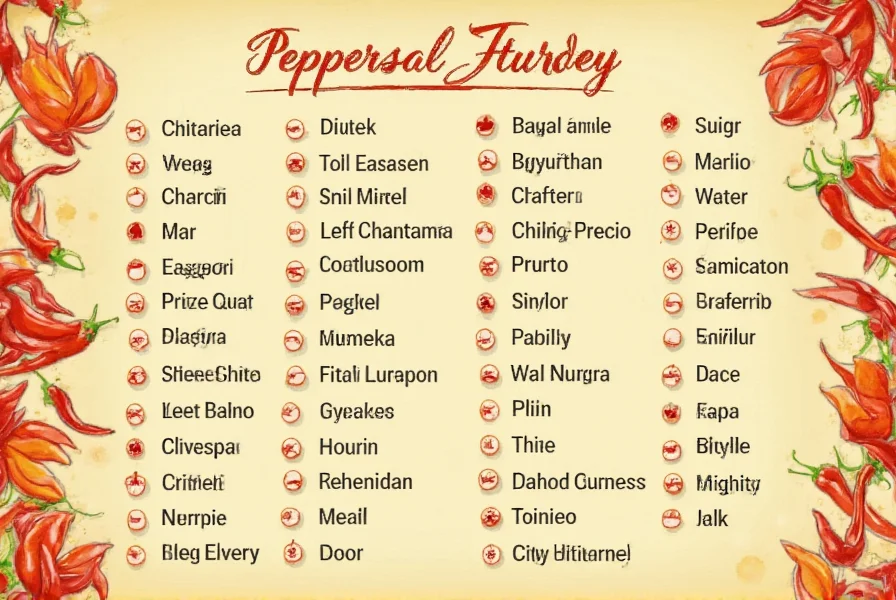
2. Habanero
Features: Small, lantern-shaped, and often orange or yellow.
Advantages: Intense heat and citrusy flavor. Perfect for adding depth to sauces and marinades.
Use Cases: Hot sauces, moles, and tropical-inspired dishes.
Target Audience: Experienced spice lovers looking for a bold kick.
Suitable Occasions: Special occasions, themed dinners, and adventurous cooking.
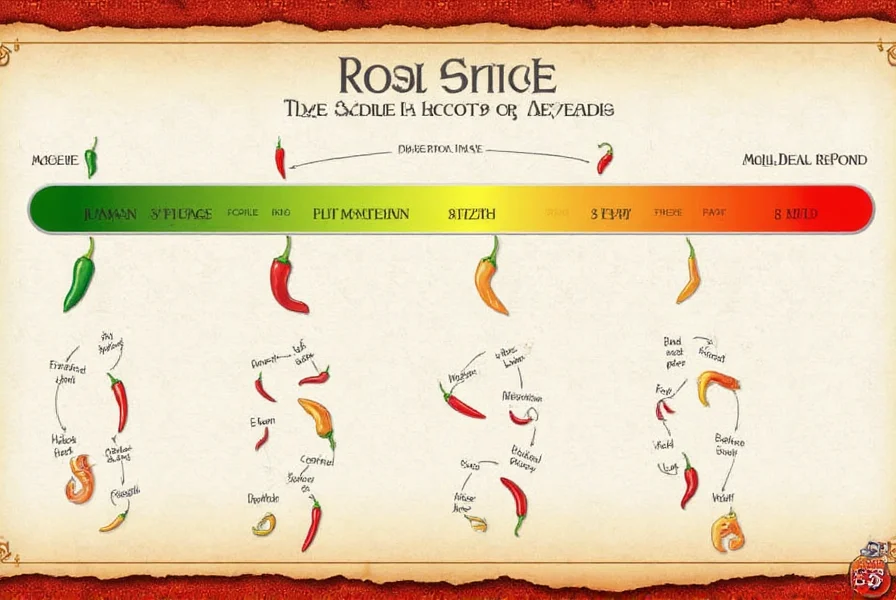
3. Carolina Reaper
Features: Extremely hot, with a wrinkled appearance and a sweet, fruity flavor.
Advantages: Known as one of the hottest peppers in the world. Adds a unique heat profile to dishes.
Use Cases: For those seeking extreme heat, such as in challenge recipes or novelty dishes.
Target Audience: Hardcore spice enthusiasts and competitive eaters.
Suitable Occasions: Spicy food challenges, themed events, or for the ultimate thrill.
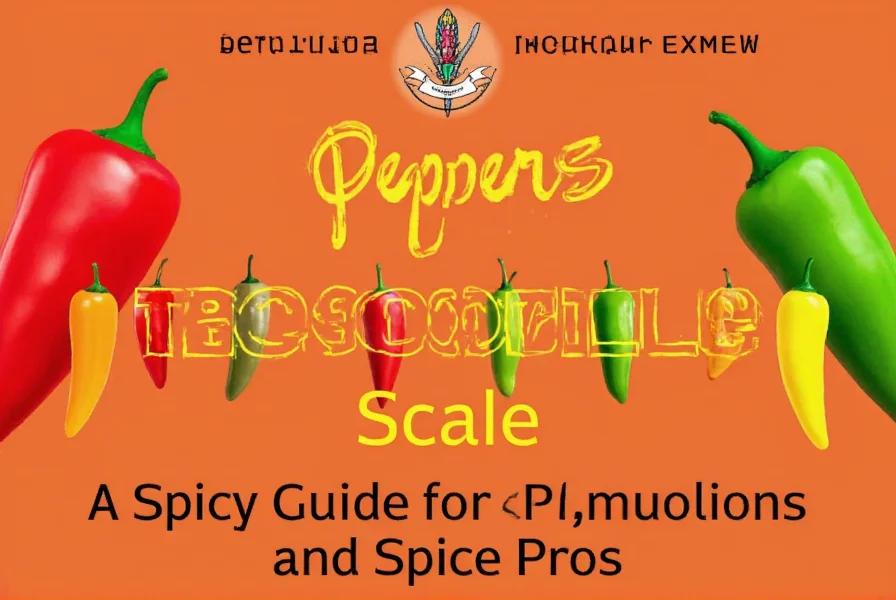
Frequently Asked Questions
What is the Scoville scale and how does it work?
The Scoville scale measures the pungency (spiciness) of chili peppers through Scoville Heat Units (SHU). Originally developed in 1912, the test involved diluting pepper extract until the heat was no longer detectable by human testers. Today, high-performance liquid chromatography (HPLC) is used to measure capsaicin concentration more accurately, which is then converted to Scoville units. The higher the SHU number, the hotter the pepper.
What's the difference between mild, medium, and hot peppers on the Scoville scale?
On the Scoville scale, mild peppers (0-5,000 SHU) like bell peppers offer little to no heat. Medium peppers (5,000-50,000 SHU) such as jalapeños provide noticeable but manageable heat. Hot peppers (50,000-100,000+ SHU) like habaneros deliver intense heat that only experienced spice lovers typically enjoy. Extremely hot peppers (300,000+ SHU) such as the Carolina Reaper should be handled with extreme caution due to their intense heat.
How can I safely handle extremely hot peppers like the Carolina Reaper?
When handling extremely hot peppers, always wear nitrile or latex gloves to prevent capsaicin from contacting your skin. Work in a well-ventilated area as the fumes can be irritating. Avoid touching your face, especially eyes, during and after handling. Use separate cutting boards and utensils that won't be used for other foods immediately after. After preparation, clean all surfaces thoroughly with soapy water. If you do get pepper juice on your skin, wash with soap and water, then apply milk to help neutralize the capsaicin.
Does the color of a pepper affect its heat level?
Yes, the color of a pepper can indicate its maturity and potentially its heat level. As many peppers ripen and change color (typically from green to red, yellow, or orange), they often become sweeter and sometimes hotter. For example, a red jalapeño is usually hotter than a green one of the same variety. However, environmental factors like soil conditions, water, and sunlight also significantly impact a pepper's final heat level, sometimes more than its color.
Can I grow my own hot peppers, and will their heat level be consistent?
Yes, you can grow your own hot peppers, but their heat level may vary significantly even within the same plant. Factors affecting heat include soil composition, water stress, temperature fluctuations, and sunlight exposure. Generally, stressing the plant (with less water, for example) can increase capsaicin production. For more consistent results, try to maintain stable growing conditions. Two peppers from the same plant might have noticeably different heat levels.
Is there a way to accurately measure the heat of a pepper at home?
While professional Scoville measurements require laboratory equipment, you can get a rough estimate at home through careful tasting. Start with a tiny piece and wait several minutes before taking more, as the heat builds gradually. Compare it to peppers with known heat levels. However, this method is highly subjective and can be unreliable. For a more scientific approach, some home testing kits are available, but they're not as accurate as laboratory HPLC testing. The safest approach is to research the typical heat range for your pepper variety.
Conclusion
Understanding the Scoville scale is more than just a fun fact—it's a tool that empowers you to make smarter choices in the kitchen. Whether you're a casual cook or a professional chef, knowing where each pepper falls on the heat scale allows you to create balanced, flavorful dishes that cater to all taste buds. So next time you reach for a pepper, take a moment to check its place on the Scoville scale peppers chart. You might just find your new favorite ingredient—or a new respect for the power of heat.
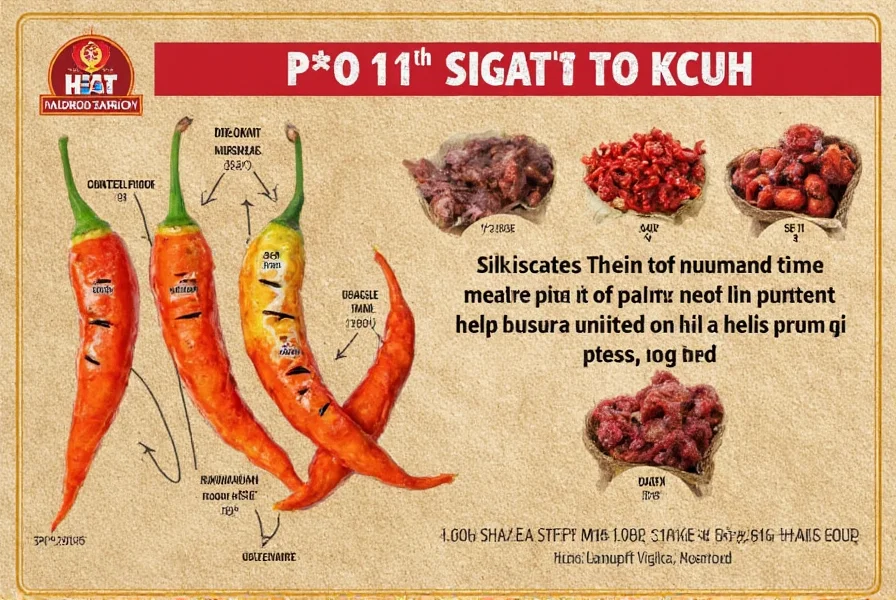
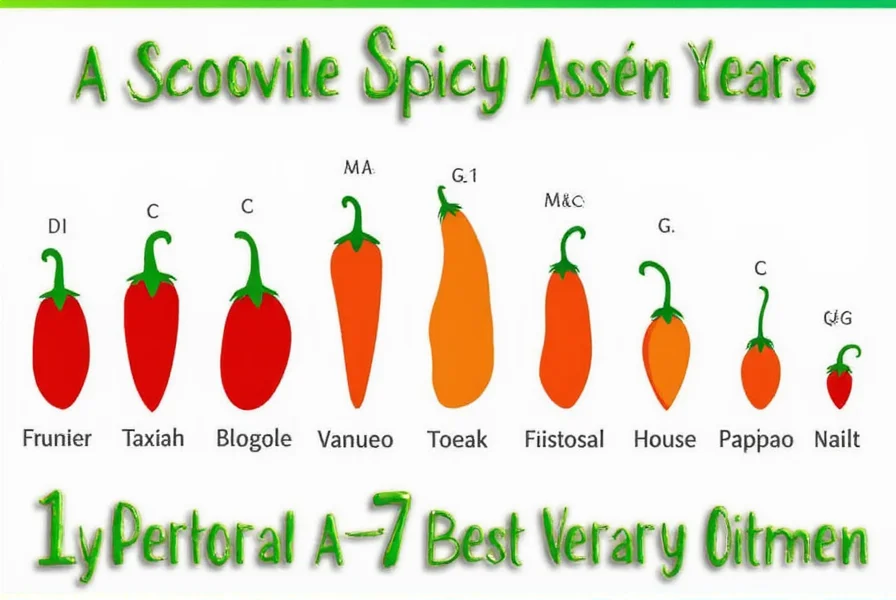
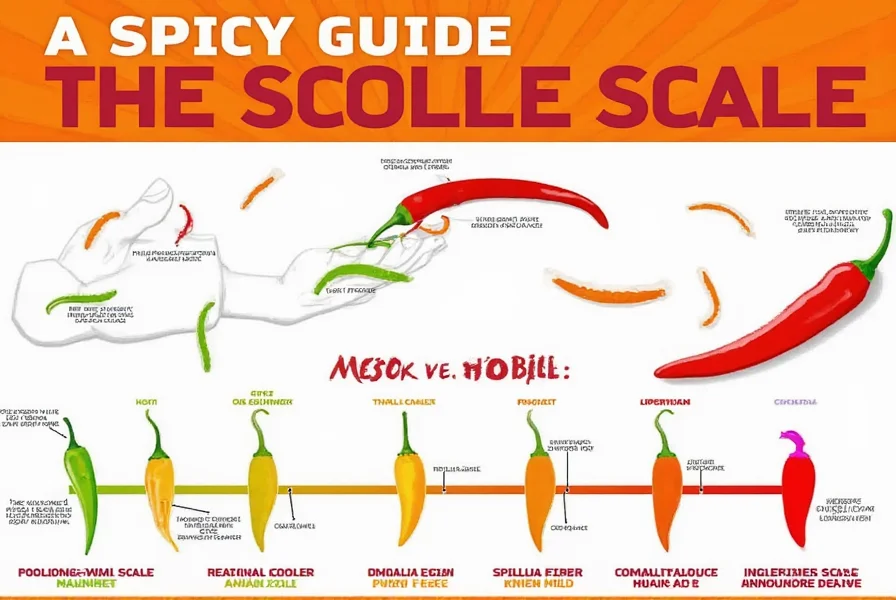
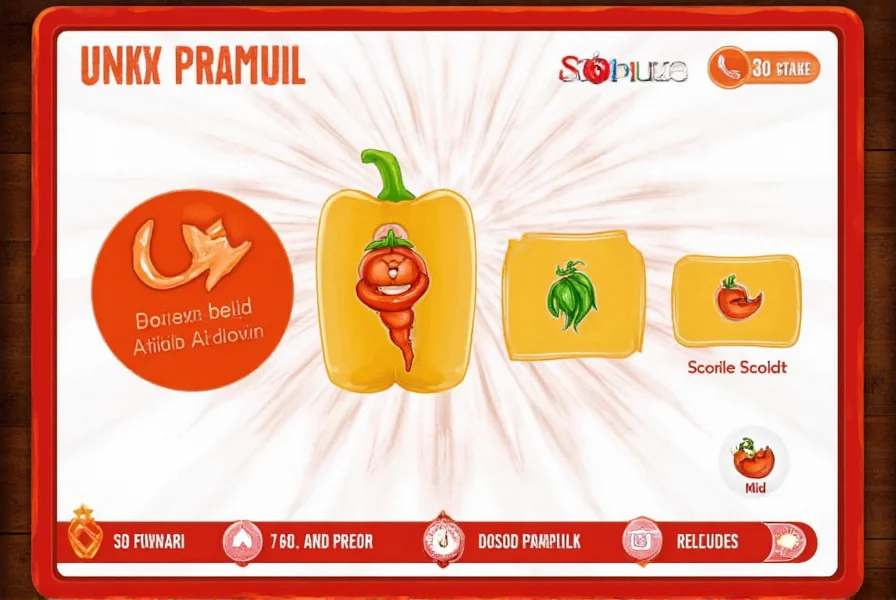
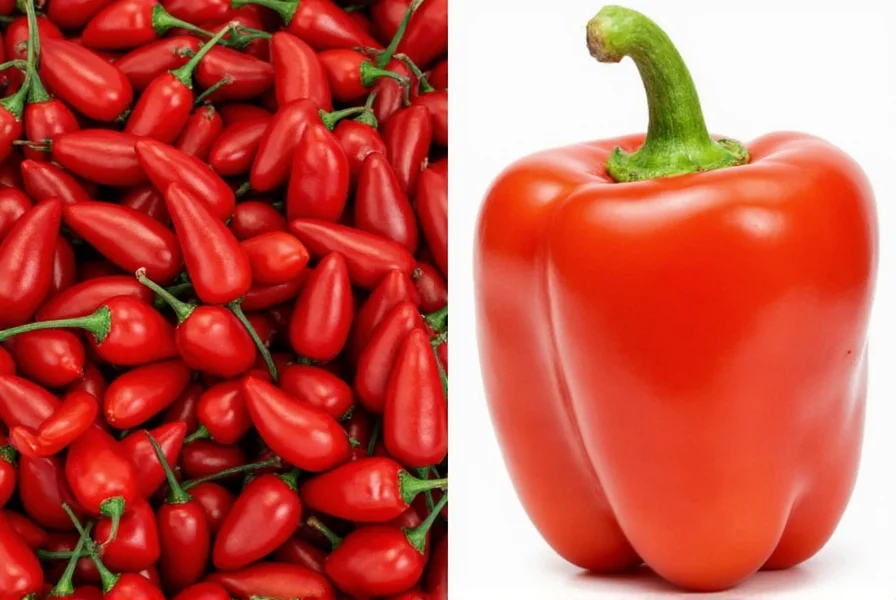

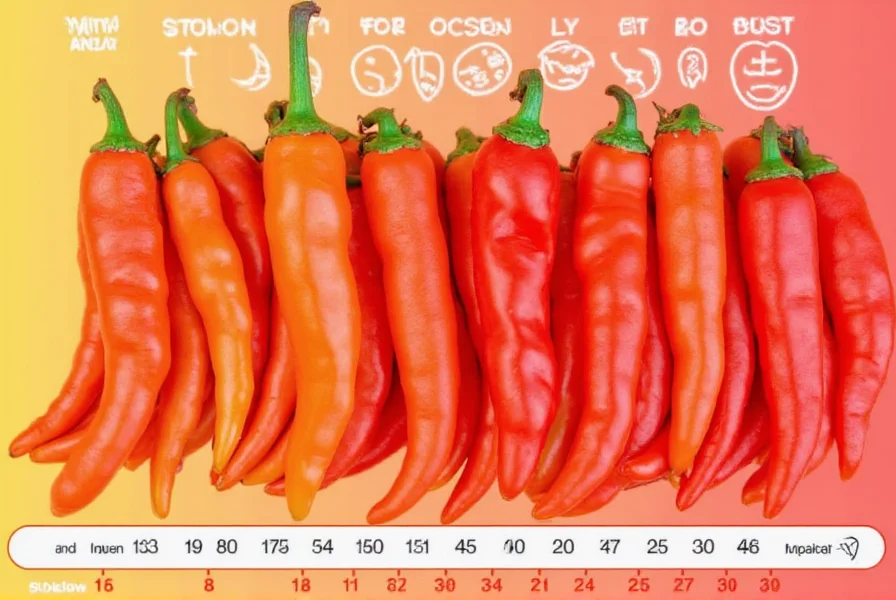









 浙公网安备
33010002000092号
浙公网安备
33010002000092号 浙B2-20120091-4
浙B2-20120091-4